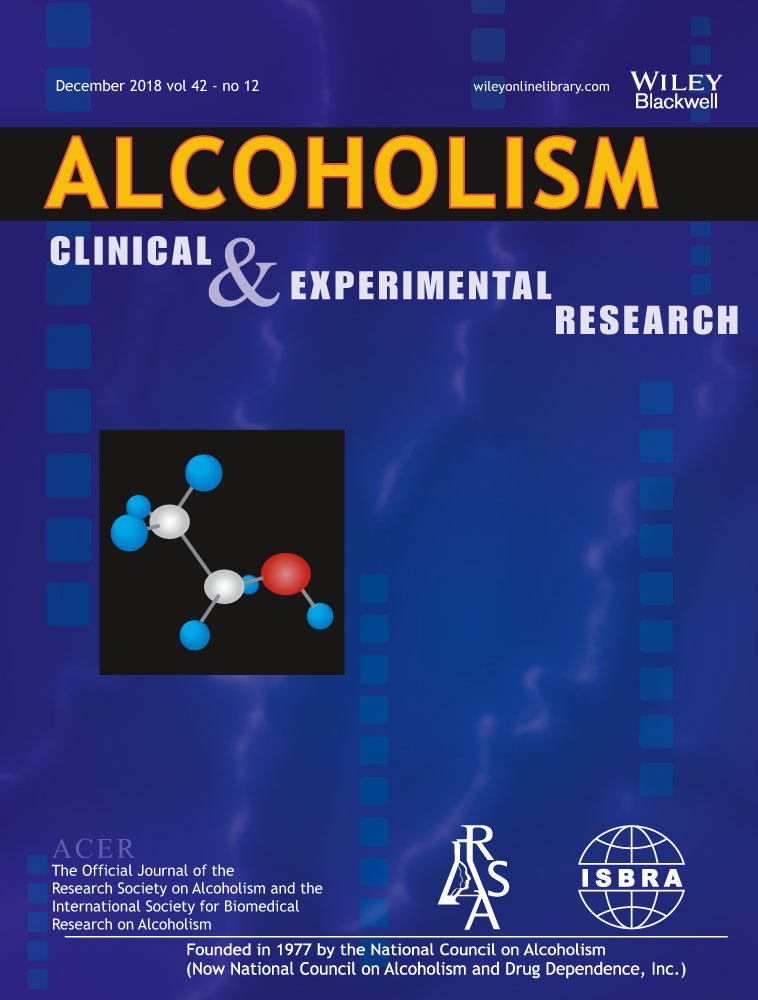 “The endocannabinoid system (ECS) has emerged in recent years as a potential treatment target for alcohol use disorders (AUD).
“The endocannabinoid system (ECS) has emerged in recent years as a potential treatment target for alcohol use disorders (AUD).
In particular, the non-psychoactive cannabinoid cannabidiol (CBD) has shown preclinical promise in ameliorating numerous clinical symptoms of AUD.
There are several proposed mechanism(s) through which cannabinoids (and CBD in particular) may confer beneficial effects in the context of AUD. First, CBD may directly impact specific brain mechanisms underlying AUD to influence alcohol consumption and the clinical features of AUD. Second, CBD may influence AUD symptoms through its actions across the digestive, immune, and central nervous systems, collectively known as the microbiota-gut-brain-axis (MGBA).
Notably, emerging work suggests that alcohol and cannabinoids exert opposing effects on the MGBA.
Alcohol is linked to immune dysfunction (e.g., chronic systemic inflammation in the brain and periphery) as well as disturbances in gut microbial species (microbiota) and increased intestinal permeability. These MGBA disruptions have been associated with AUD symptoms such as craving and impaired cognitive control.
Conversely, existing preclinical data suggest that cannabinoids may confer beneficial effects on the gastrointestinal and immune system, such as reducing intestinal permeability, regulating gut bacteria and reducing inflammation. Thus, cannabinoids may exert AUD harm-reduction effects, at least in part, through their beneficial actions across the MGBA.
This review will provide a brief introduction to the ECS and the MGBA, discuss the effects of cannabinoids (particularly CBD) and alcohol in the brain, gut, and immune system (i.e., across the MGBA), and put forth a theoretical framework to inform future research questions.”


 “Marijuana may be used by some patients with gastroparesis (Gp) for its potential antiemetic, orexigenic, and pain-relieving effects.
“Marijuana may be used by some patients with gastroparesis (Gp) for its potential antiemetic, orexigenic, and pain-relieving effects. “Endocannabinoids are produced within the gastrointestinal (GI) tract and modulate energy homeostasis and food intake, at least in part, via vagally-dependent actions. The recent paper by Christie et al., [Christie, et al. J Physiol, 2019] demonstrate, for the first time, that
“Endocannabinoids are produced within the gastrointestinal (GI) tract and modulate energy homeostasis and food intake, at least in part, via vagally-dependent actions. The recent paper by Christie et al., [Christie, et al. J Physiol, 2019] demonstrate, for the first time, that  “We have previously reported that endocannabinoids modulate permeability in Caco-2 cells under inflammatory conditions and hypothesised in the present study that endocannabinoids could also modulate permeability in ischemia/reperfusion.
“We have previously reported that endocannabinoids modulate permeability in Caco-2 cells under inflammatory conditions and hypothesised in the present study that endocannabinoids could also modulate permeability in ischemia/reperfusion. “Delta-9-tetrahydrocannabinol (THC) is the primary psychoactive compound in
“Delta-9-tetrahydrocannabinol (THC) is the primary psychoactive compound in 
 “Complementary therapies for inflammatory bowel disease (IBD) have earned growing interest from patients and investigators alike, with a dynamic landscape of research in this area. In this article, we review results of the most recent studies evaluating the role of cannabis and turmeric for the treatment of IBD and other intestinal illnesses.
“Complementary therapies for inflammatory bowel disease (IBD) have earned growing interest from patients and investigators alike, with a dynamic landscape of research in this area. In this article, we review results of the most recent studies evaluating the role of cannabis and turmeric for the treatment of IBD and other intestinal illnesses.
